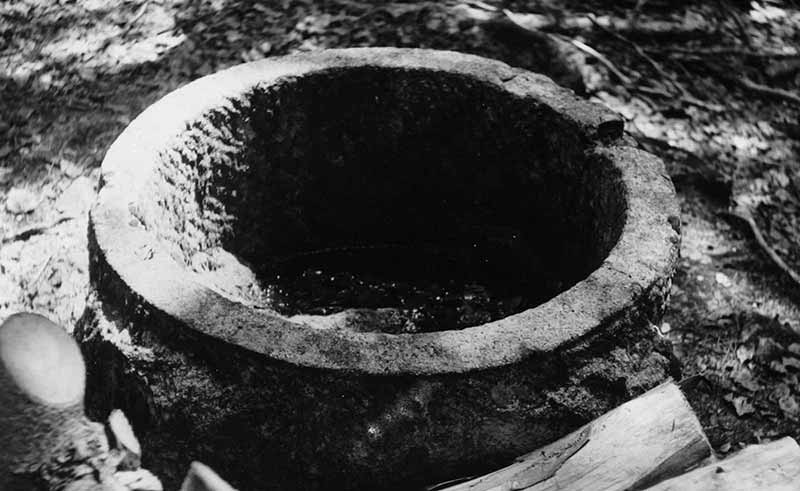People have been working with stone in the Bavarian Forest for as long as they have lived here. As early as 5,000 years ago, in the so-called Neolithic Age, the stone-rich Bavarian Forest was settled and used for agriculture.
In order to cultivate the land, the early settlers had to remove stones. Stone was also used to make tools. There is evidence of this in the Hauzenberg region in the form of numerous archaeological finds. In the display case, you can see three selected examples that skilled, amateur archaeologists have found in nearby fields.
Granite has shaped our region, in the past even more so than today. Until well into the 20th century, the landscape was littered with granite blocks. As for the people of the Neolithic Age, stone was both a blessing and a curse: it was an obstacle for agriculture, but it also provided valuable material for many durable things in the house, yard and outside in the landscape, such as troughs, floor slabs, plinth stones and field monuments.
Stone buildings began to be erected in our region a good 1,000 years ago. Before that, even churches and castles were made of wood. A highly skilled stonemason’s craft developed, initially in monasteries and, later, at cathedral construction sites.
Alongside the professional stonemasons, however, there were always semi-skilled stonecutters and skilled laymen. The people who worked the hard and unruly granite with the simplest of tools needed skill and perseverance. Their works have survived the centuries.
We have arranged some beautiful examples of Romanesque and Gothic stonemasonry from our region for you. Near the large, round, granite window, I’ll tell you more.
